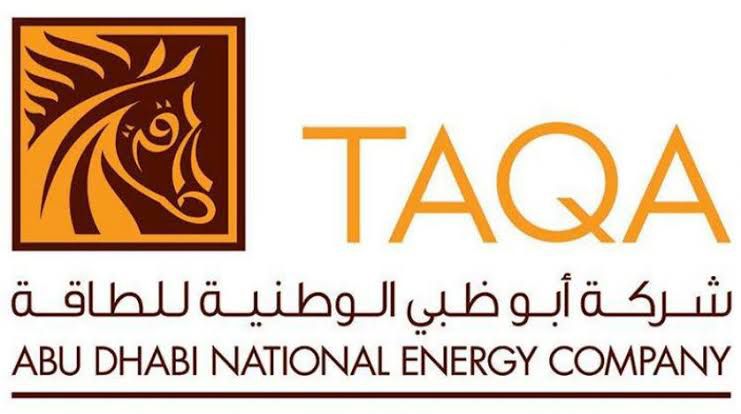TAQA, the Abu Dhabi National Energy Company, has completed one of the final stages of the decommissioning of the North Sea’s largest decommissioning project, the Brae Bravo oil rig, using more than 500 employees and approximately 400,000 man-hours.
The decommissioning of the platform, which is nearly as tall as the 135m London Eye and has been working on the Brae Area oil field, 274 kilometres north-east of Aberdeen in Scotland, since 1988, started in 2018.
Thialf and Sleipnir, two of the world’s largest semi-submersible crane vessels, completed the topside removal. The Thialf crane prepared the platform for removal and removed the cranes and helideck, while the Sleipnir crane removed the Brae Bravo flare tower, bridge, and steel frame, at the same time.
Over the next 18 months, more than 36,000 tonnes of the material removed will be recycled, to repurpose 95% of the platform. The platform is to be recycled at the AF Environmental Base in Vats, Norway.
The top of the jacket is the only thing visible above the water’s surface.
Speaking to The National, the Managing Directo for Europe for TAQA, Donald Taylor, said the decommissioning is a “significant milestone” and a blueprint for future decommissioning projects. The platform was widely recognised in the industry as “an iconic asset” in the pioneering Brae fields.
He said: “The Brae Bravo decommissioning project is a landmark moment for Taqa and the North Sea offshore industry.”
“The scale of this engineering feat cannot be overstated. Despite the challenges faced by the on and offshore team from the Covid-19 pandemic, this was completed on schedule and without any major incidents recorded – highlighting our commitment to health and safety.”
“Decommissioning and late-life management of offshore assets will play a major role in our journey to a lower carbon future, and Brae Bravo will be the blueprint for all future Taqa decommissioning programmes in the North Sea.”
Throughout its 33-year existence, Brae Bravo produced more than 500 million barrels of oil and employed more than 300,000 people. The surviving structure has been fitted with a navigational aid, and a 500-meter safety zone will be in place until the jacket is entirely decommissioned in 2022.

